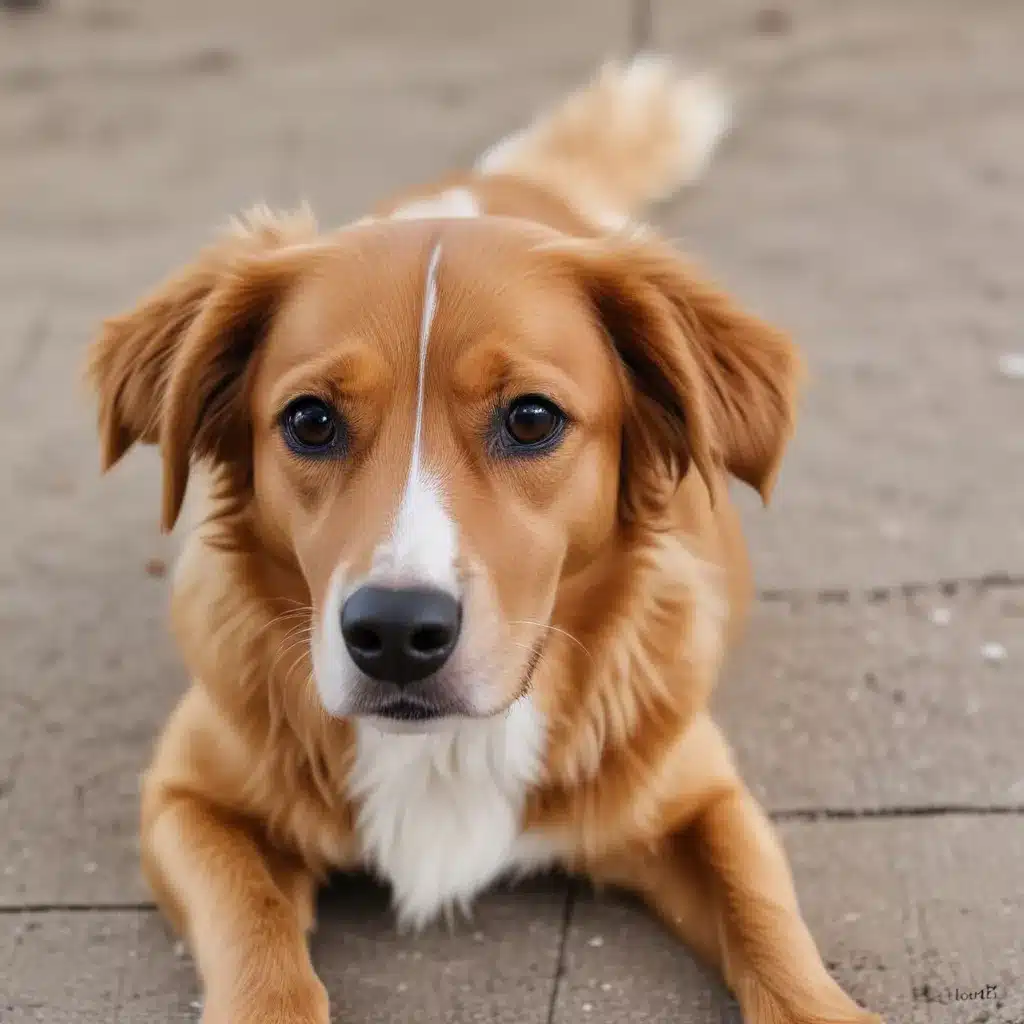
Ah, the joys of rescuing a furry friend! You’ve opened your heart and home to a pup in need, and now you’re on a mission to make them feel safe, loved, and right at home. But wait, what’s that? Your once-clingy canine is now acting like a shadow, glued to your side 24/7. Sounds like you’ve got a case of separation anxiety on your hands!
Understanding Separation Anxiety in Rescue Dogs
It’s no secret that rescue dogs can come with a bit of emotional baggage. After all, they’ve been through the wringer – from losing their beloved families to the chaos of shelter life. So, it’s no wonder they might struggle with the idea of being alone. As the Hounds Lounge experts put it, “Dogs are creatures of habit, and losing a loved one or a safe space can hit them hard.”
But don’t worry, my fellow dog parents, there’s hope! With a little patience and the right approach, you can help your rescue pup overcome their separation anxiety and learn to feel confident and content, even when you’re not by their side. After all, you didn’t go through the I Have Dogs adoption process just to end up with a furry shadow, right?
Building a Solid Foundation
The key to easing separation anxiety in your newly adopted dog is to start building a solid foundation from the very beginning. As expert dog behaviorist and trainer Andrea Arden suggests, “Be careful not to spend so much time with your new dog in the first weeks they’re home that you set a precedent you can’t support throughout your dog’s life.”
Instead, you’ll want to gradually introduce your pup to the concept of alone time, starting with short periods and slowly working your way up. This could involve tethering them to a stable object in the same room as you, or using baby gates to create a separate space where they can get used to you coming and going.
Remember, Rome wasn’t built in a day, and the same goes for your dog’s confidence. Be patient, go at their pace, and always end these training sessions on a positive note. Before you know it, your once-clingy canine will be a pro at self-soothing and waiting patiently for your return.
Keeping Them Entertained
Now, I know what you’re thinking: “But how do I keep my rescue pup from destroying the house while I’m gone?” Fear not, my friend, there are plenty of tricks up our sleeves to keep them entertained and out of trouble.
One of the best ways to do this is by leaving them with a puzzle toy or stuffed Kong, loaded with their favorite treats. As Andrea Arden suggests, “Toys which can be stuffed with the dog’s normal meals or special, nutritious treats” can provide hours of entertainment and keep those pesky chewing habits at bay.
And let’s not forget about the power of exercise! A tired dog is a happy dog, as they say. Be sure to give your pup a good workout before you head out the door, whether it’s a long walk, a game of fetch, or a rousing session of tug-of-war. That way, they’ll be more inclined to snooze the day away rather than stress about your absence.
Involving the Whole Family
Remember, your rescue pup’s separation anxiety isn’t just about you – it’s about the whole family. That’s why it’s so important to get everyone involved in the training process.
As Andrea Arden explains, “If the animal’s chosen favorite is the person who may be leaving for military service, it really is about helping your new pet to develop the ability to self-pacify when left alone and to find a balance of affection amongst all family members so the dog doesn’t fall apart when anyone or everyone leaves.”
So, be sure to have the whole crew take turns with things like feeding, walking, and training your pup. This will help them develop a more balanced sense of attachment and make it easier for them to handle your comings and goings, no matter who’s leaving the house.
Seeking Professional Help
Now, I know what you’re thinking: “But what if nothing seems to be working?” Well, fear not, my friends, because there’s always one more trick up our sleeve – medication.
Now, I know what you’re thinking: “Medication? For my dog? Isn’t that a bit extreme?” And you know what, you’re not wrong. Medication should always be a last resort, and it’s best used in conjunction with the other training techniques we’ve discussed.
As the Humane Society puts it, “Medication is most effective when it’s paired with some of the methods above.” But if your vet gives you the green light and you’ve tried everything else, it could be just the boost your pup needs to overcome their separation anxiety for good.
A Furry Friend for Life
At the end of the day, rescuing a dog is one of the most rewarding experiences a person can have. Sure, there may be a few bumps in the road, like this whole separation anxiety thing, but with a little patience, creativity, and the right approach, you and your furry friend will be living the dream in no time.
So, don’t be discouraged, my fellow dog parents. With the right tools and a whole lot of love, you can help your rescue pup overcome their separation anxiety and become the confident, happy-go-lucky companion you always knew they could be. After all, you two are in this together, and there’s no bond stronger than the one between a person and their rescue dog.

